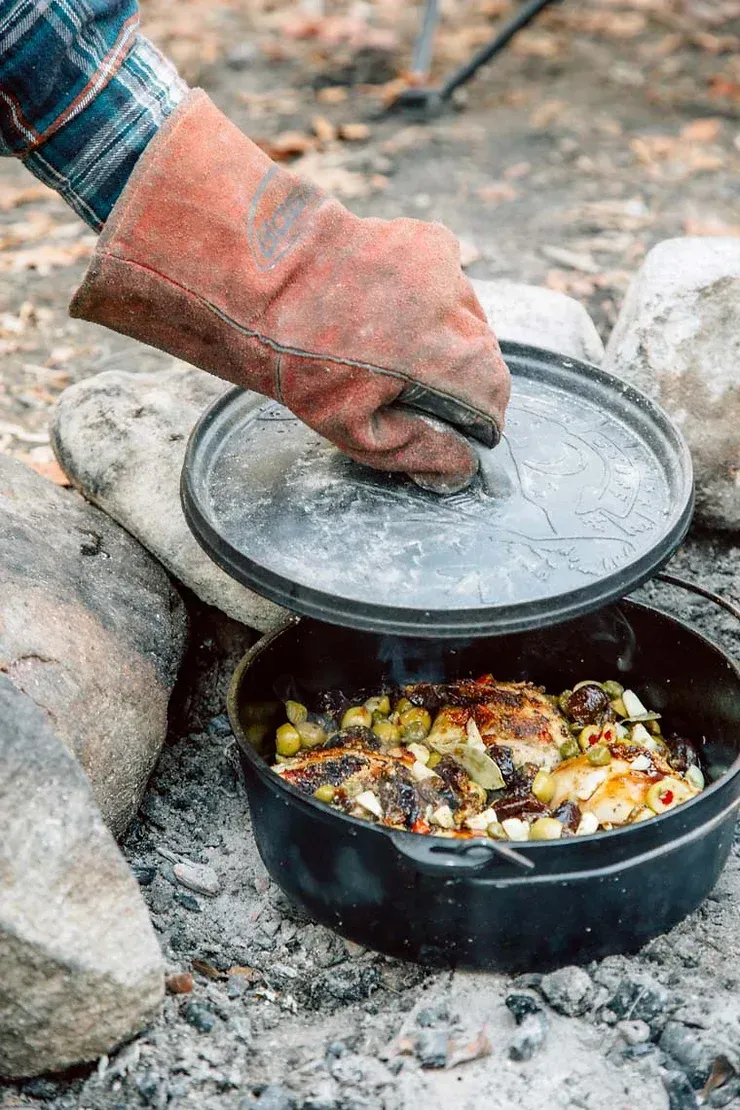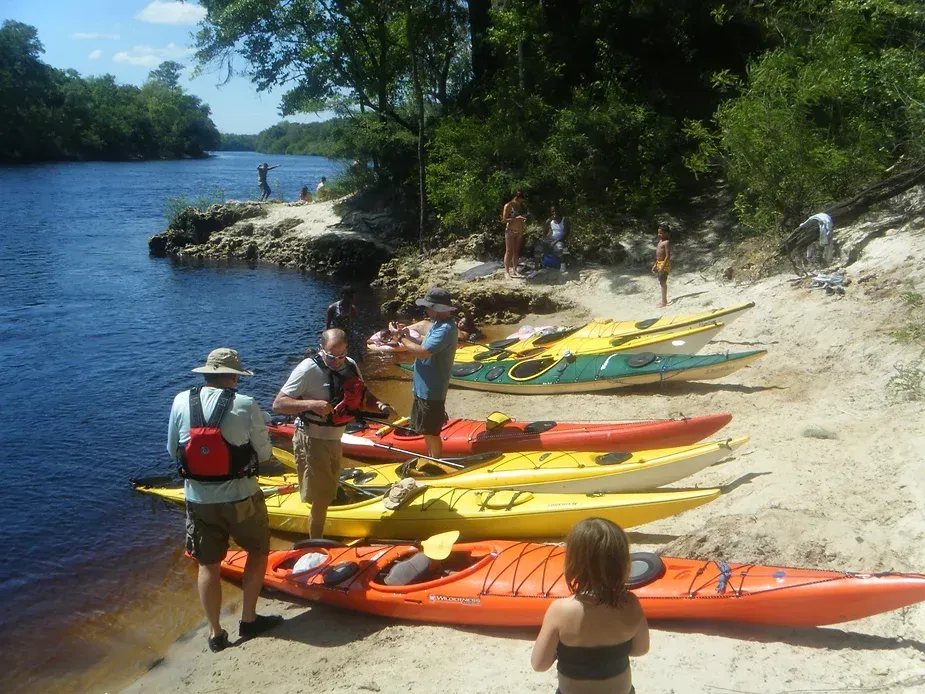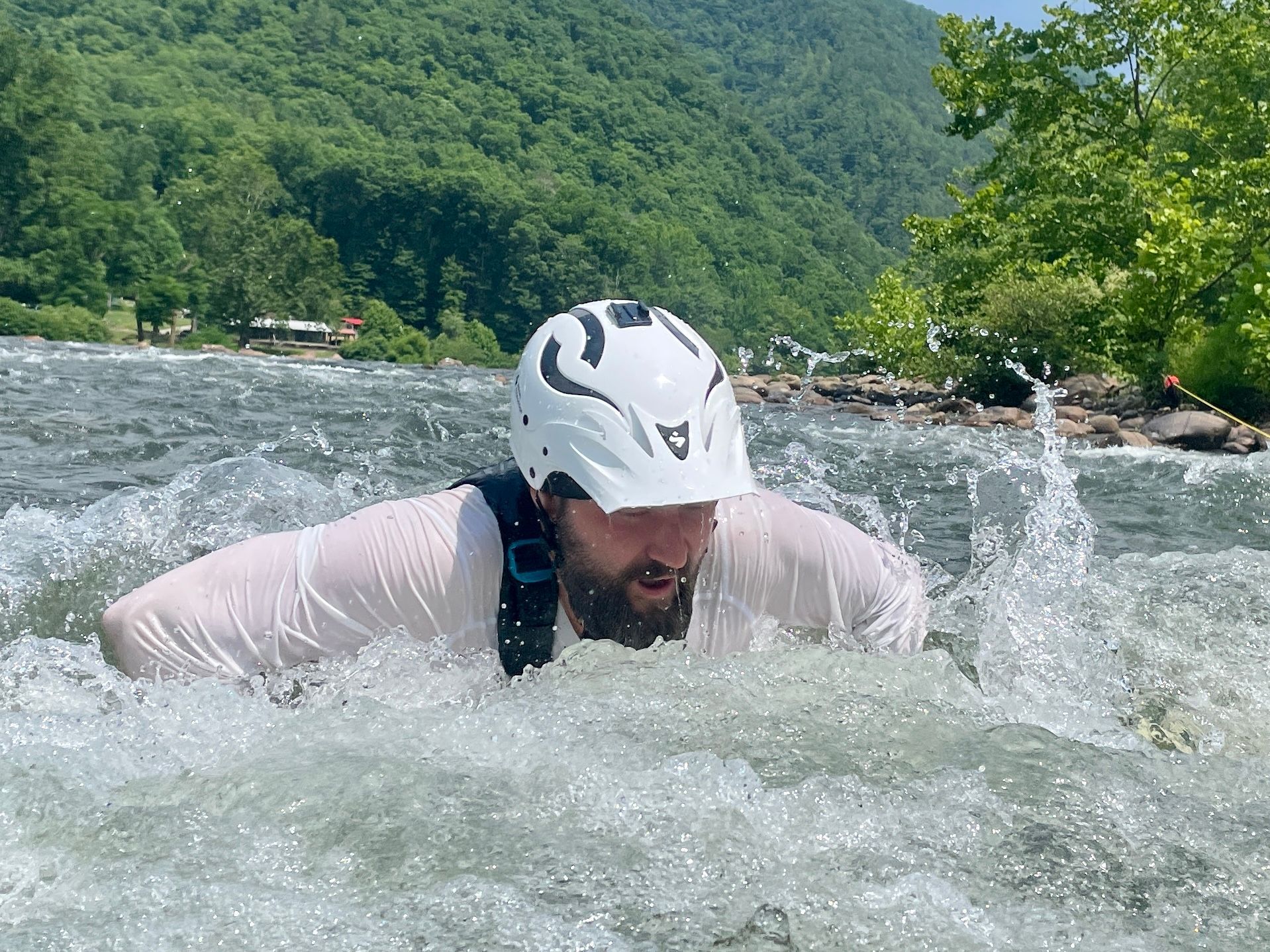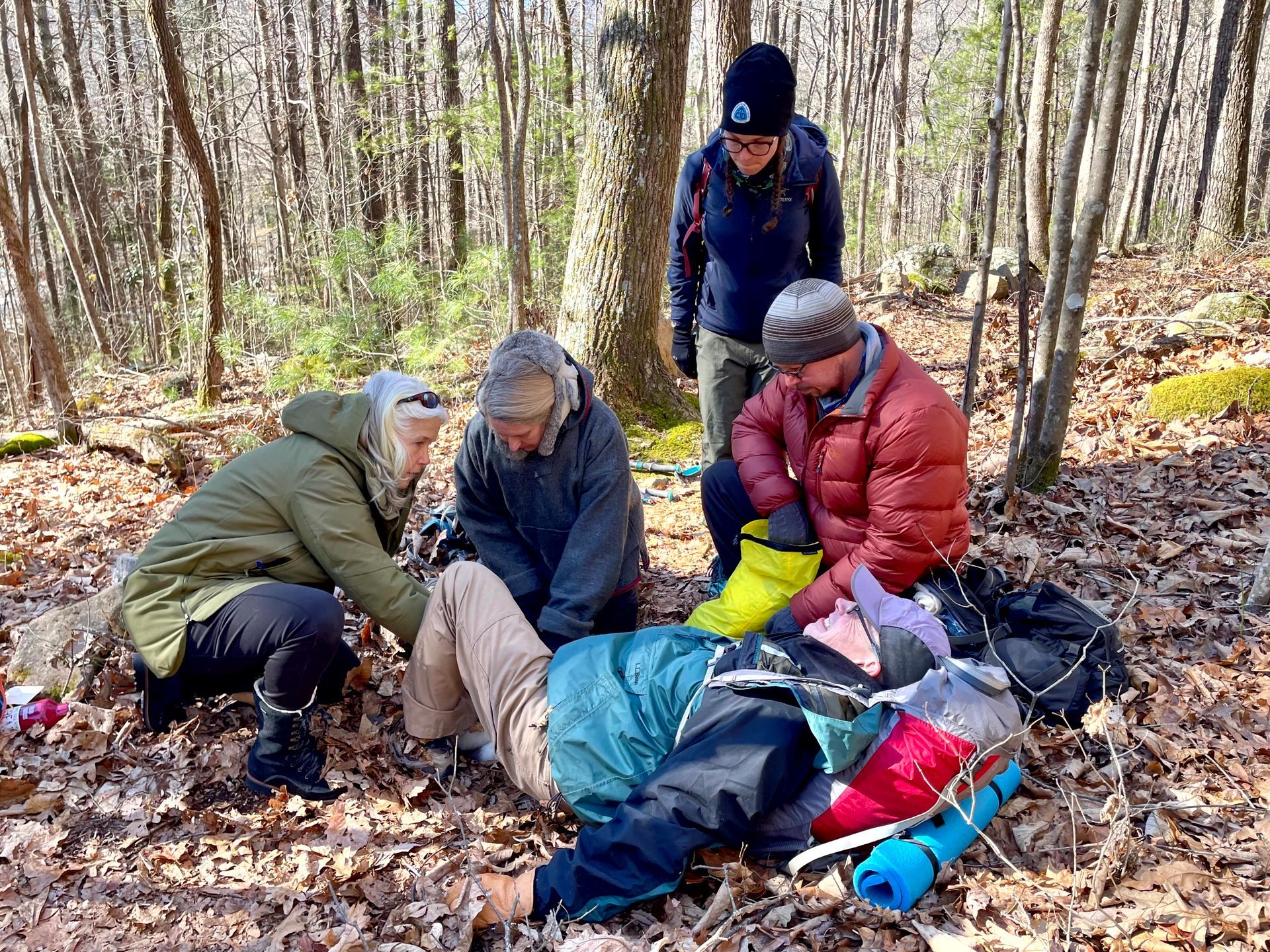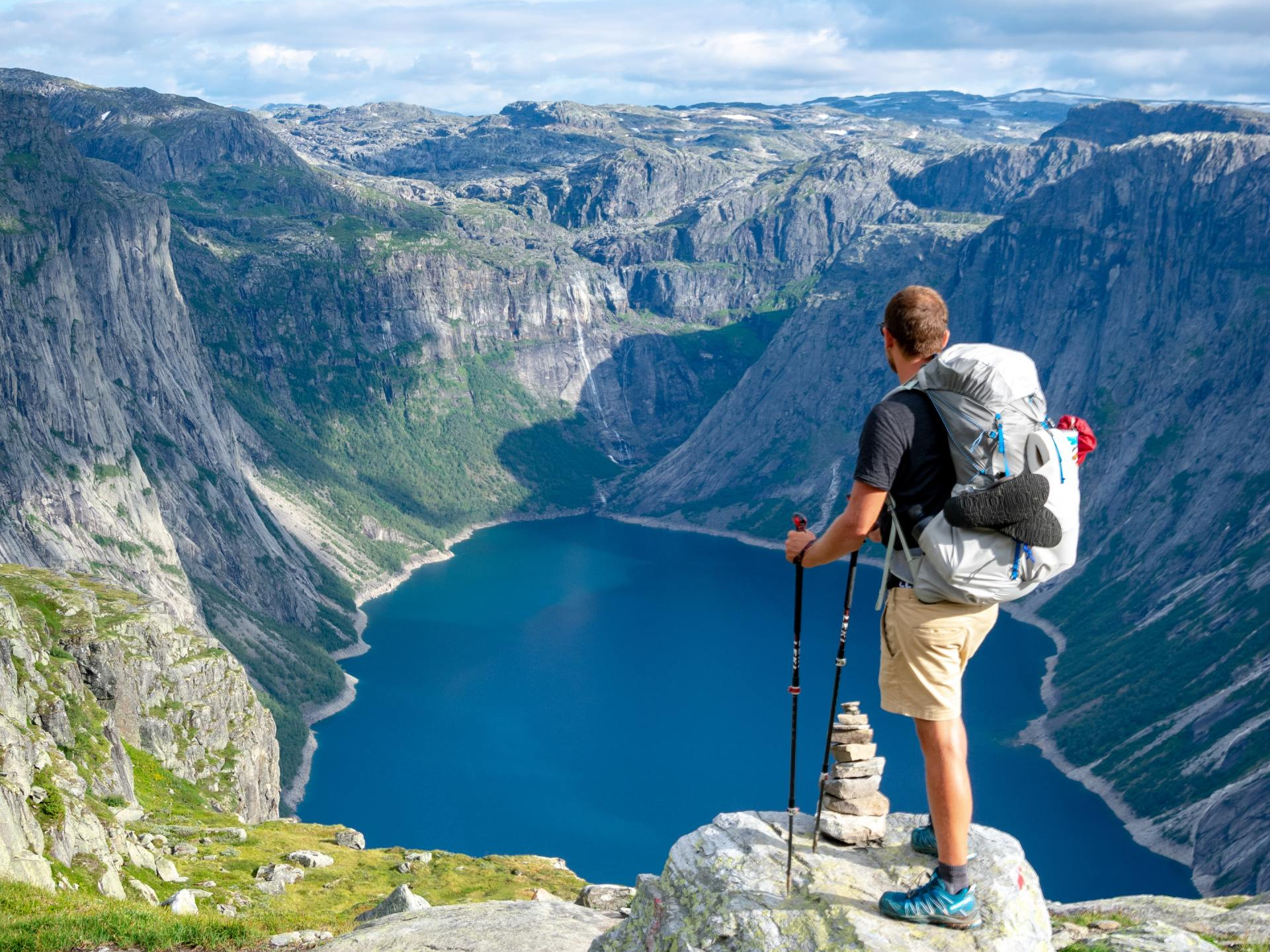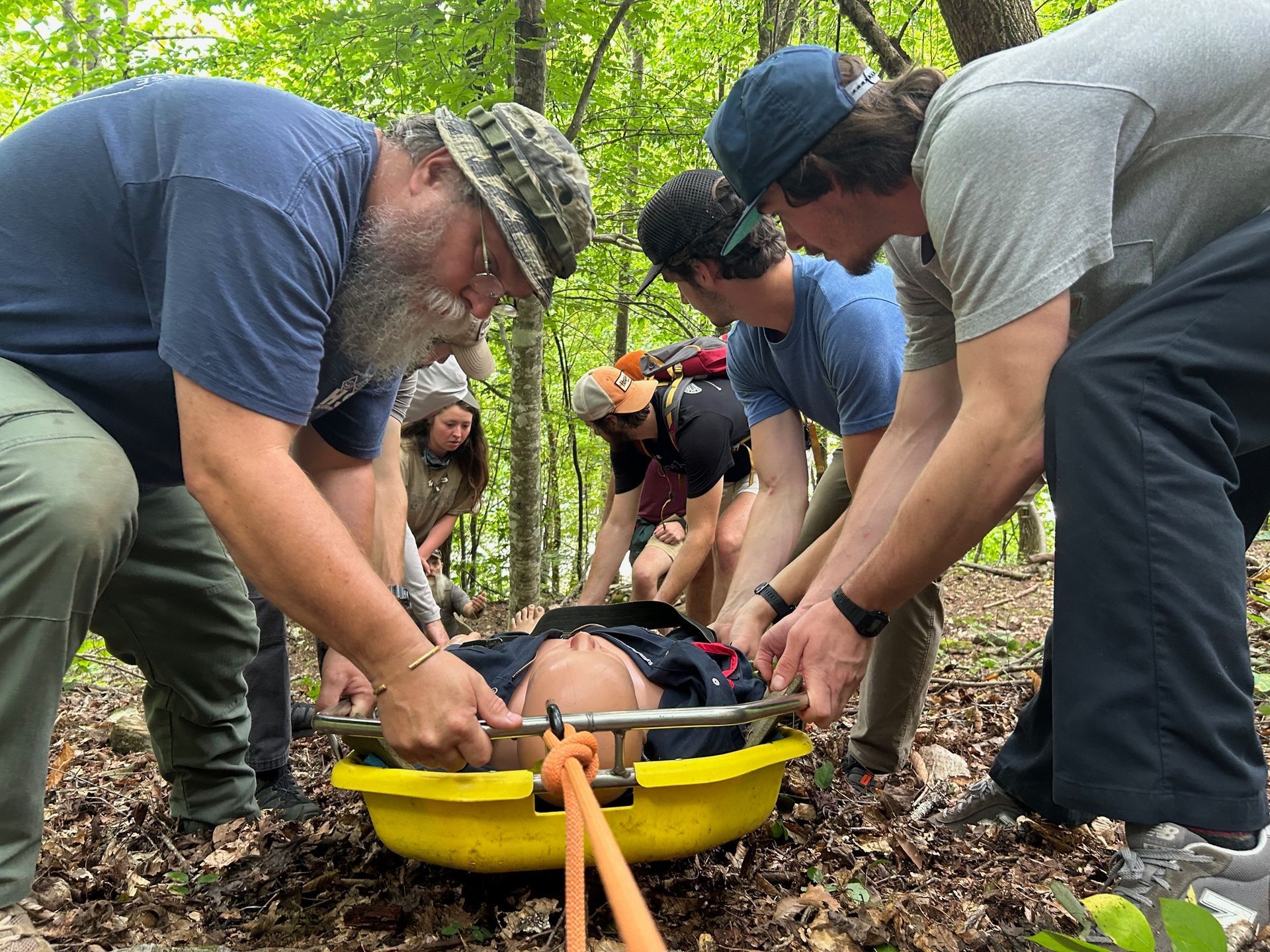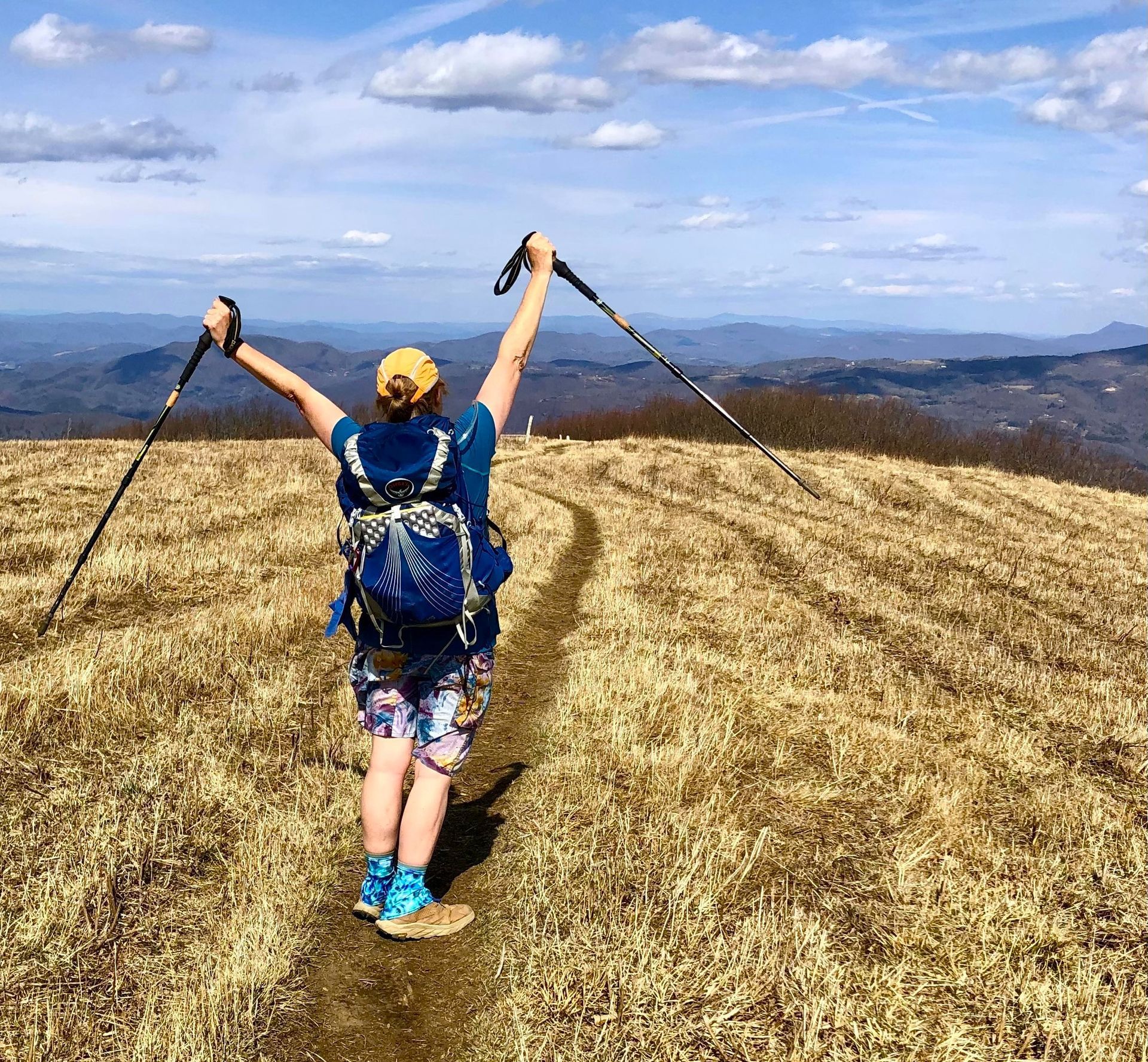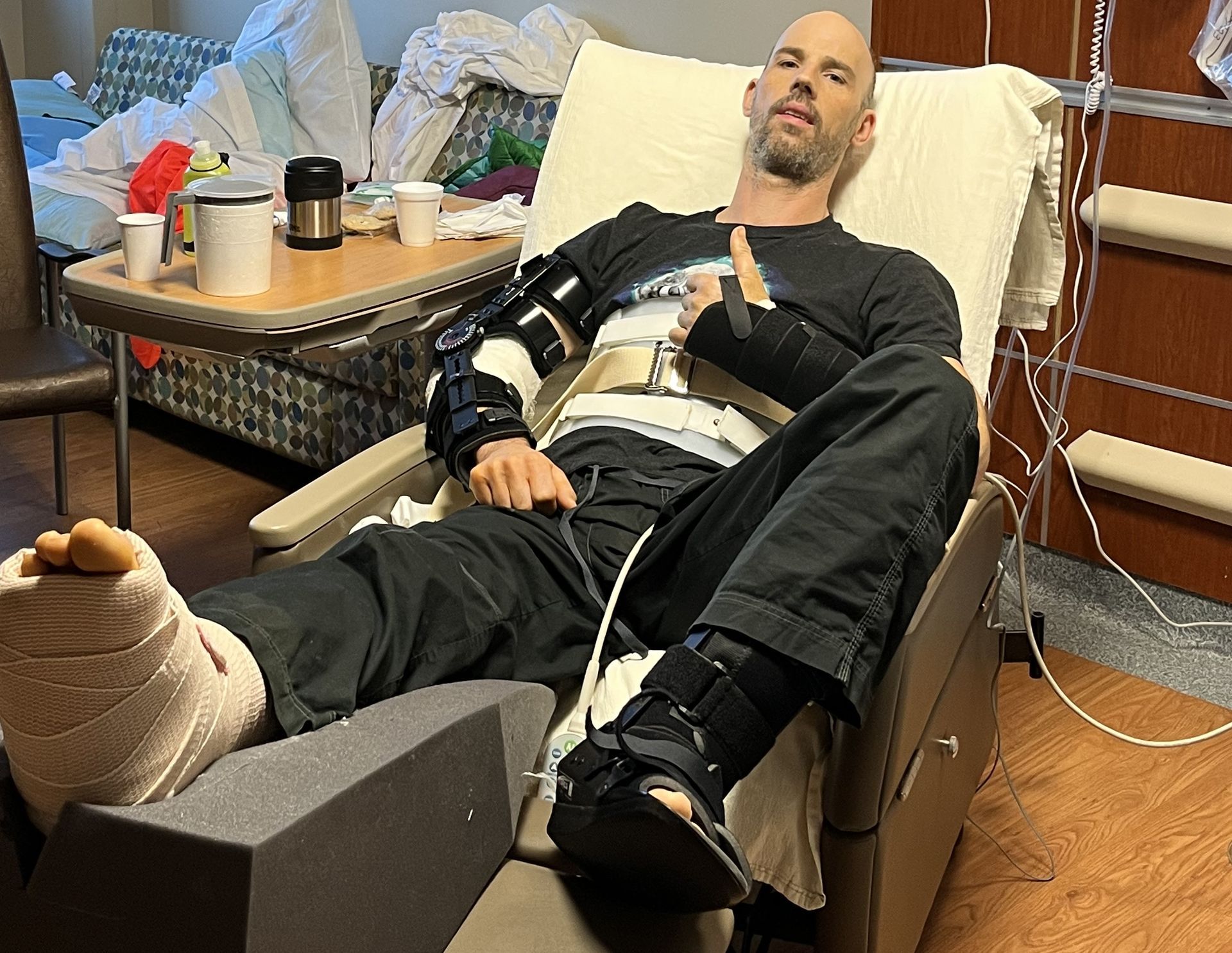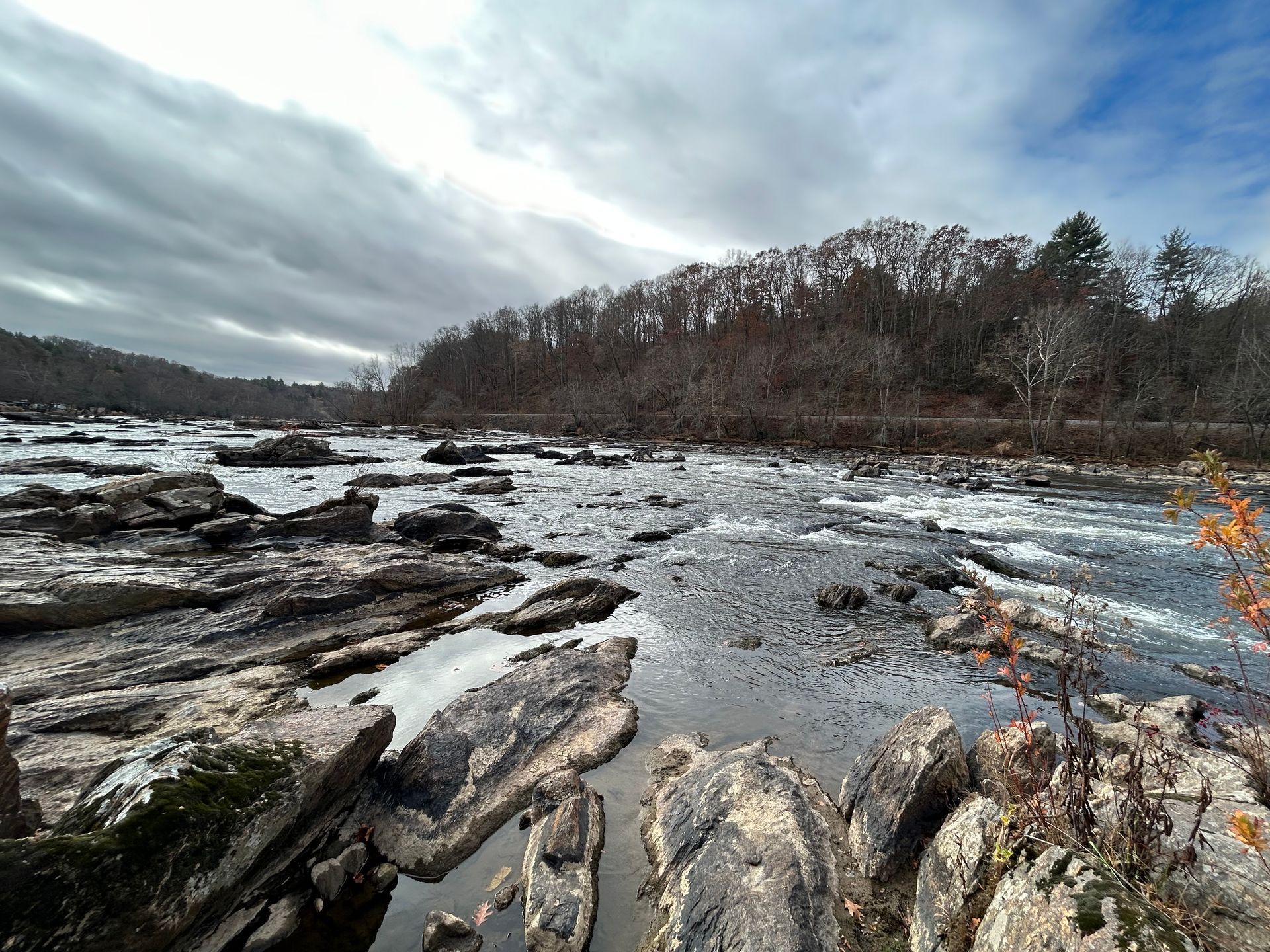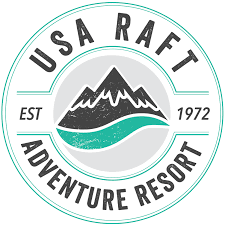Winter Workout for Paddlers
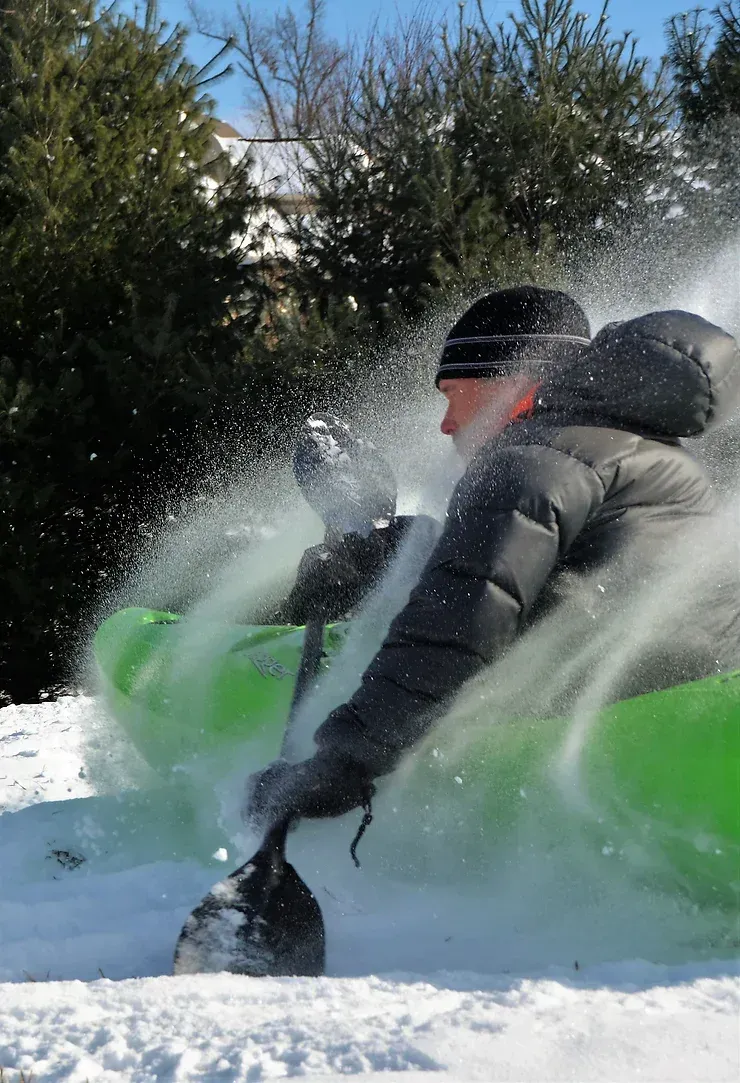
Photo credit: Jeremy Gass
Face it: when winter rolls around, most of us cut back on boating. What with holiday parties, shopping and ice on the river you just can’t help losing some of your “chops”.
Okay. But let’s do this: use this time of year to stay fit and stay sharp. Here are some exercises that will keep you silky smooth when the good weather hits.
GOALS:
- Increased flexibility and range of motion in the hips, torso, and neck – for that extra snap that keeps you upright.
- More strength and endurance in the seldom-used muscles (that is, seldom used except for when you are actually boating). Areas like obliques and other torso muscles. You know, the ones that get really sore and tired after a long day on the river.
- The mind/body skill connection. Like any athletic skill, boating skills have to be grooved, and re-grooved in. While there is no substitute for the real thing these exercises will help keep the feel of these movements fresh for when you take it back to the water.
WARM-UP
Grab a bar, paddle or stick and take a seat.
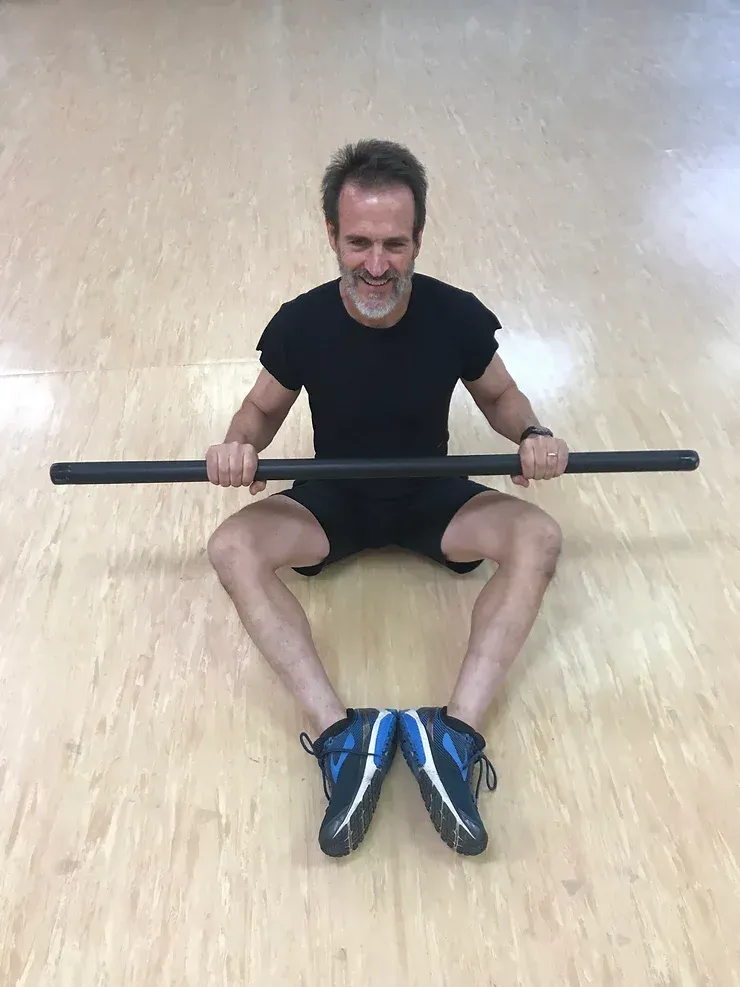
Here you see me in my new invisible kayak, on the Jim Fleur River, ready to warm up.
First move is the torso rotation:
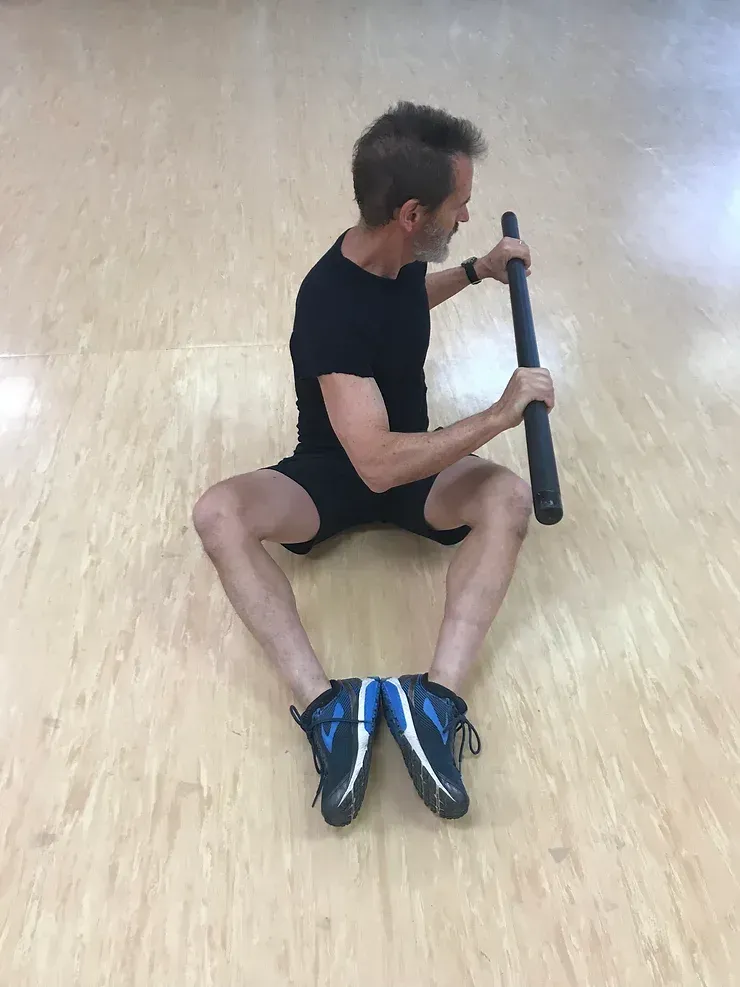
So yeah, this is a simple exercise. The key is to keep good posture (don’t lean on the backband, cause it ain’t there) and, above all, get full rotation. Then rotate a little bit more. Hold. Do it in the opposite direction; then repeat 20 times.
Next move is a “J-lean”, which is a fundamental skill/strength for all paddle sports. It doesn’t look like much in the photo. Trust me – do this exercise! Do it right, and you will feel the burn and you will get your reward.
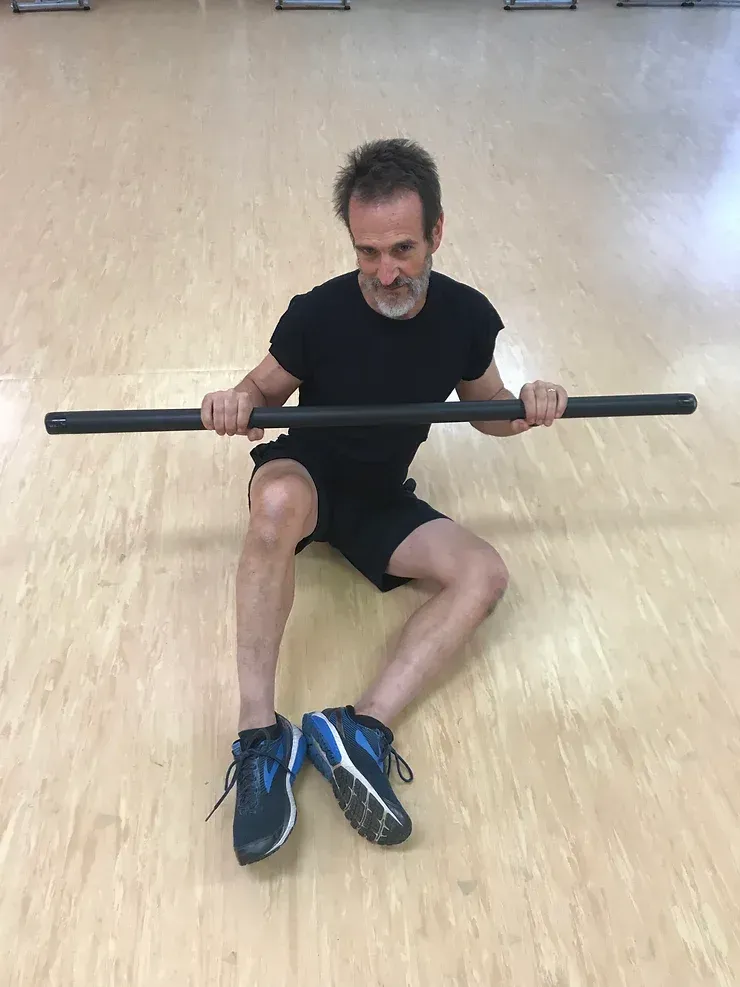
The key thing about this move is to, once again, keep your weight centered over your backside, and lift your butt cheek way off the floor. In this picture, my right butt cheek is up, my right side oblique is flexed, and I am balanced on my left butt cheek. This move is also known, to some folks, as “Competition Flatulence”. Whatever. Do this 20 times on each side. Add some torso rotation if you'd like!
Finally, we are going to simulate the set-up for the kayak roll. Setting up for the kayak roll requires flexing a set of muscles that we really don’t use much except for when we do the kayak roll.
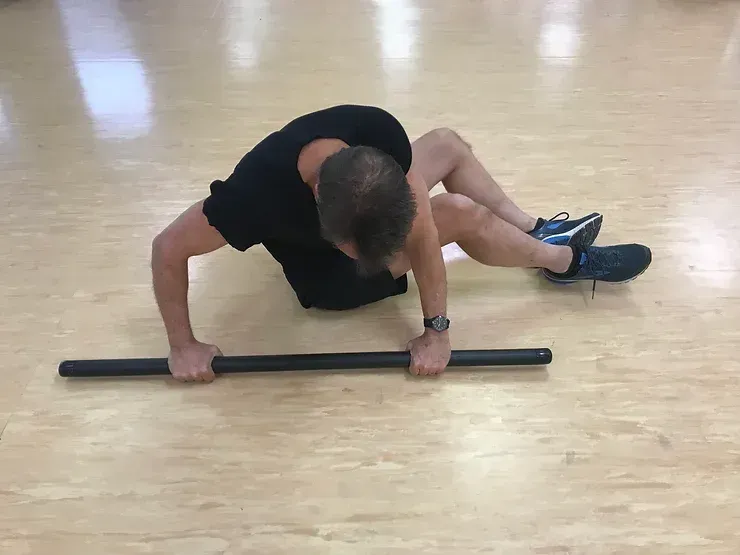
In this photo, I have bent forward at the hips (the “tuck”), and pushed my fake paddle towards the floor. If I was in a real kayak in a real river, I would be ready to sweep the paddle and then hip snap – causing me to roll up on my left side. Whew! Glad I rolled up! Too cold to swim!!
PHASE II - BUILD STRENGTH
Let’s jump right in with a simple exercise to strengthen the torso - a simple side plank:

HOLD IT … until you feel it, like I am feeling it in this photo. On both sides of course.
Abdominal exercises are always a good idea for paddlers to strengthen the core so, in addition to any other exercises you may do such as sit-ups, crunches or leg-lifts, try this oblique crunch to help further strengthen that torso:
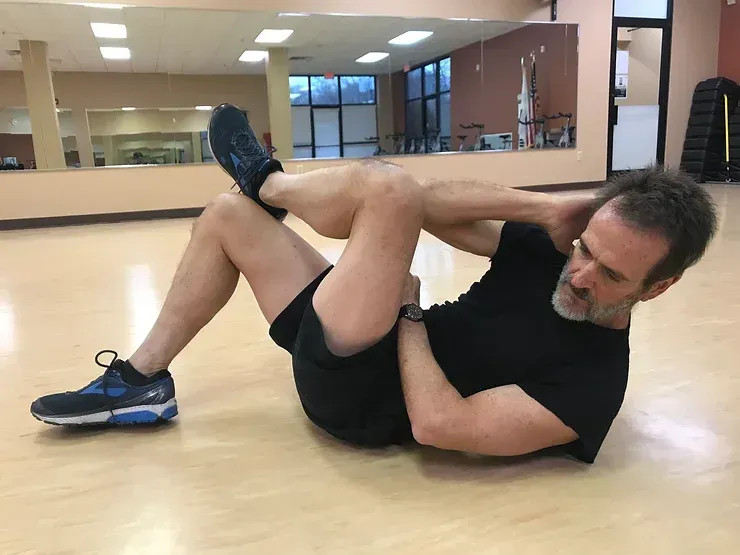
Start by crossing one leg with your back flat on the floor and one hand behind your head. Using your obliques crunch up to the opposite knee. Do 30 of these per side.
For you advanced abdomination exercisers try these V-ups, another great core-strengthening exercise:
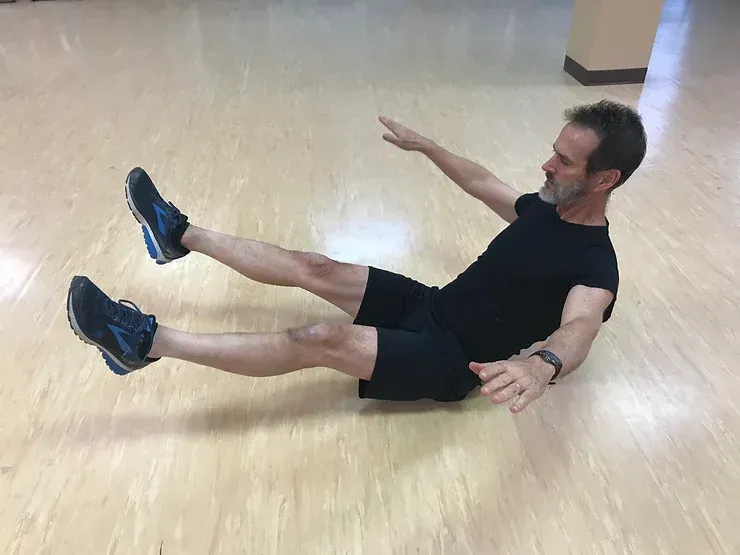
Start flat on your back with your arms either straight above your head or out to the side (pictured). Lift your legs and torso simultaneously towards one another and briefly hold. Do 2 sets of 20 repetitions, or until you can't do any more with proper form.
What about those lower back muscles? Superman showed me how he keeps his as strong as steel:

Start by laying on your stomach on a flat surface and raise both your arms and legs at the same time like you're flying. Hold for 5 seconds, then repeat 10 times.
For upper body strength, the push-up in still king as it engages your chest, triceps and shoulders in one great exercise. Begin with your back straight, weight centered, hands shoulder-width apart:
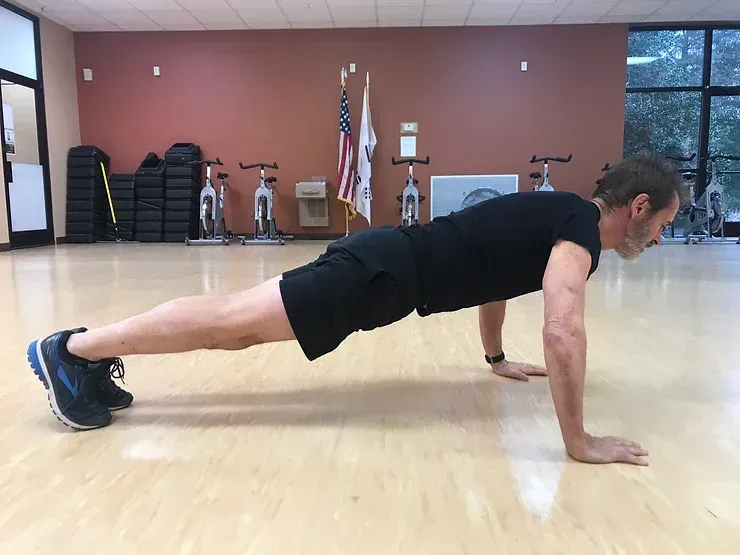
If this position is too demanding modify the start position by beginning with your knees on the ground. Make sure to still keep your back straight:
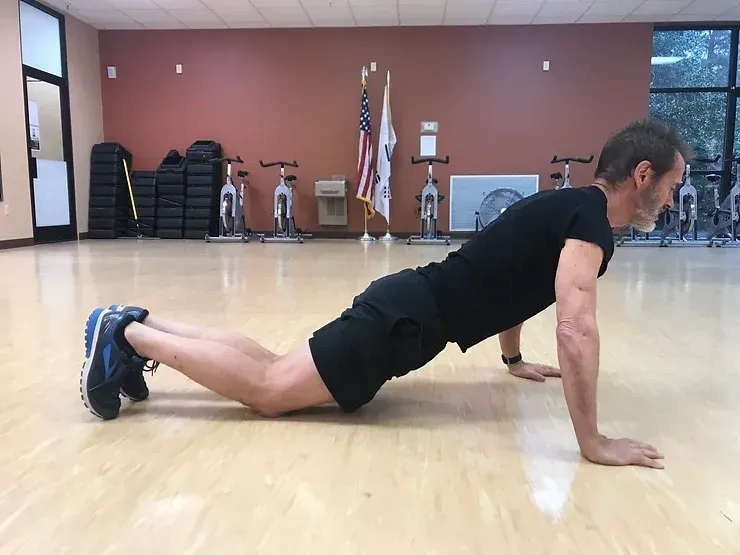
From your start position, lower yourself to about a fist width from the ground while - and this is important - keeping your back straight. No sagging allowed!

Pushup 1, 2, 3, 4… studs and studettes. Do 3 sets of as many as you can do while maintaining proper form, but no less than 50 total. No kidding.
If you have access to light weight dumbbells, here's a few more exercises to throw into the mix. The first is the bent over row to work one of the bread-and-butter muscle groups relied on by paddlers - the back:
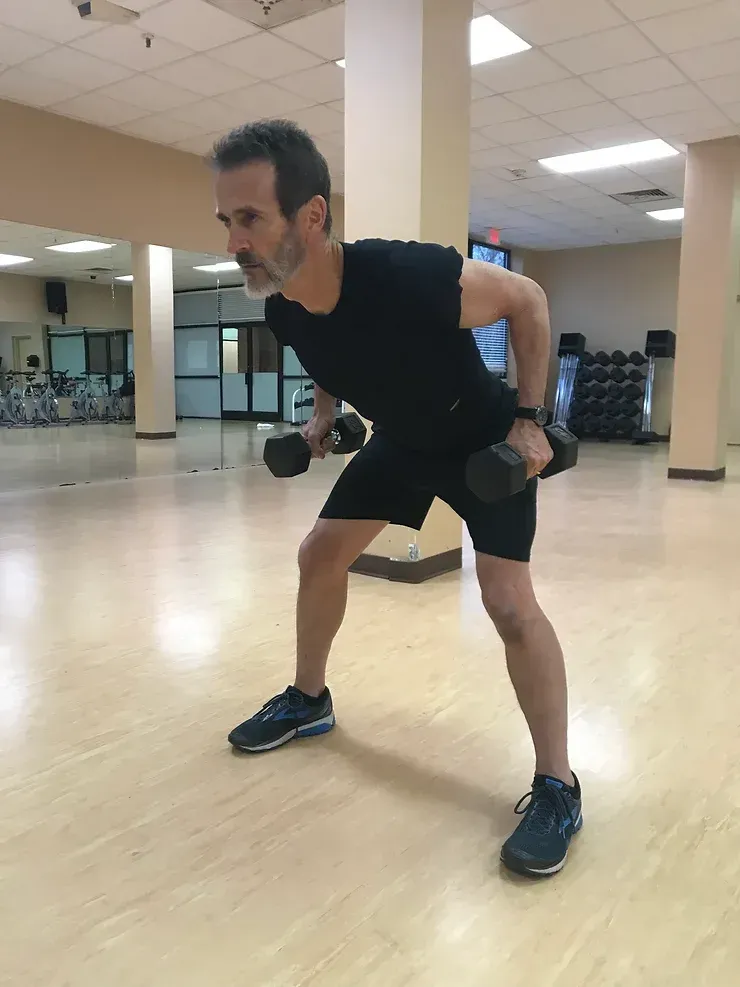
Bend over at the waist with dumbbells in hand, palms facing in. Pull the dumbbells up and to your sides while maintaining the lumbar, or lower back arch, to prevent injury to your lower back. No rounding of the lower back here! Lower and repeat. Do 3 sets of 15 repetitions.
Next, let's work another important body part for paddlers - the shoulder. We'll start with the front lateral raise which focuses on the anterior, or front, of the shoulder:
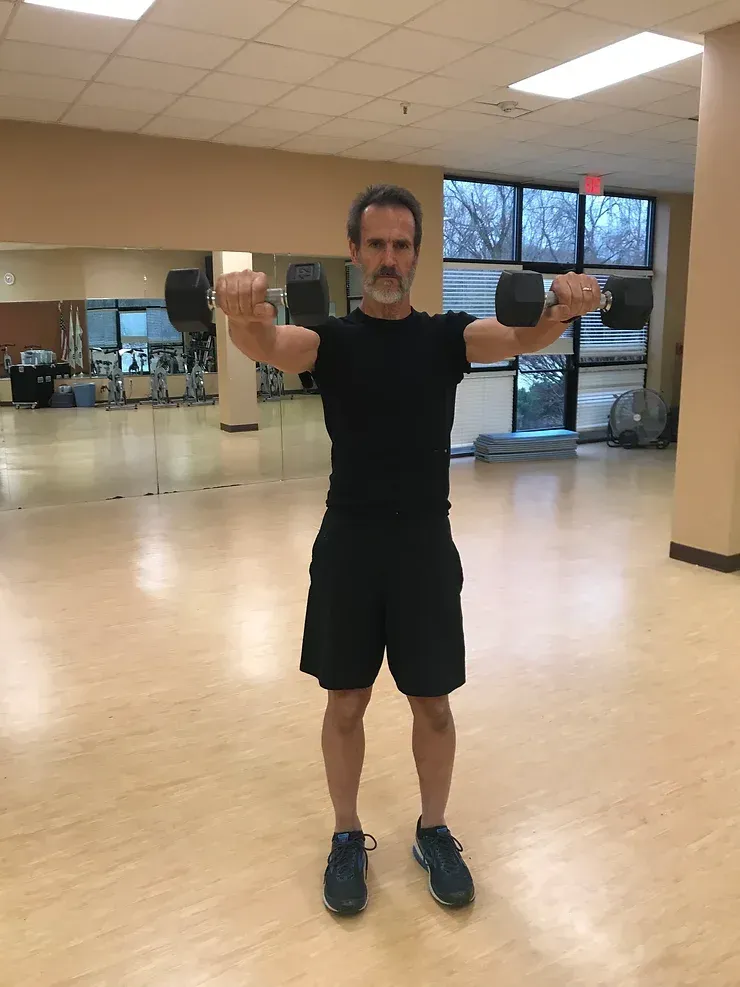
Start with your arms hanging in front of you, palms facing back. Lift dumbbells straight out in front of you to shoulder height, being careful not to swing them up. Do 2 sets of 10 repetitions.
Next, we move to the side lateral raise:
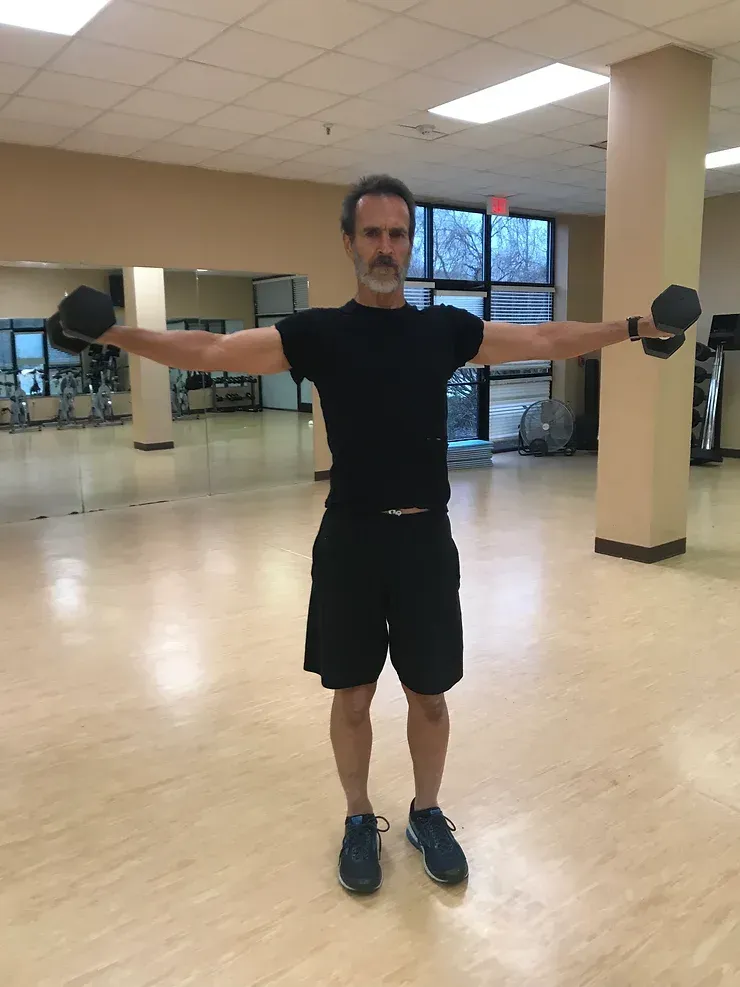
Begin with your arms hanging by your sides, palms facing in. Lift your arms out to your sides to shoulder height. Lower and repeat. Do 2 sets of 10 repetitions.
Finally, we move to the rear lateral raise to focus on the posterior, or back, part of the shoulder:
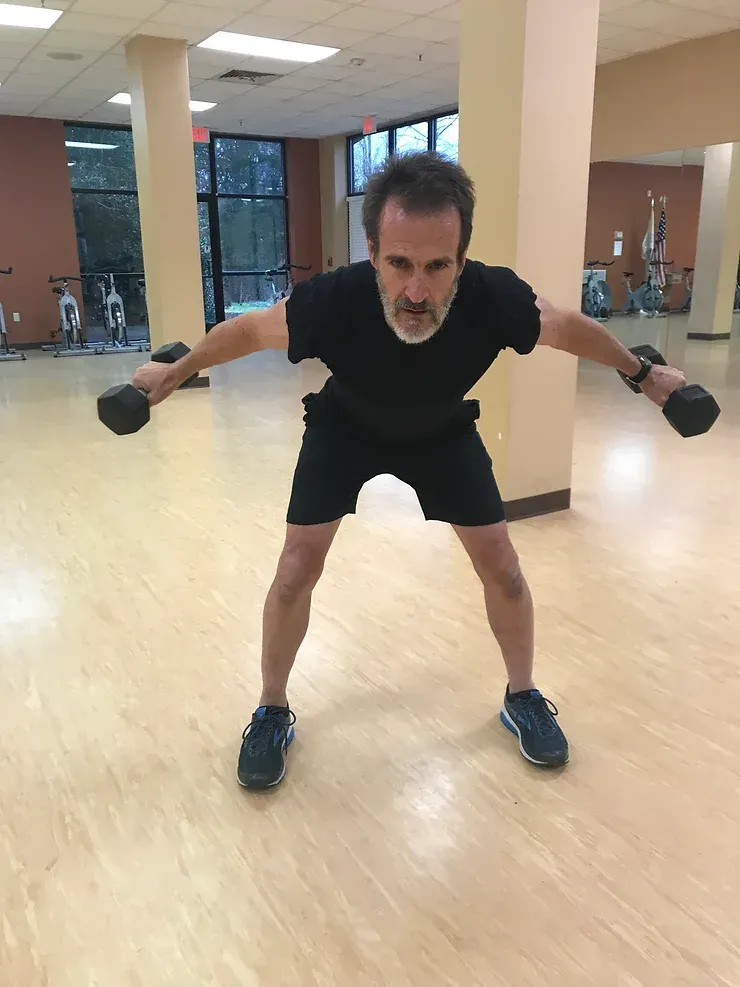
Bend over at the waist with arms hanging to your sides and palms facing in. While maintaining the lumbar arch lift arms to your sides to shoulder height as shown in the picture above. Lower and repeat. Do 2 sets of 10 repetitions.
Now the hard part's done. Let's finish up with a little stretching, first with a downward dog:
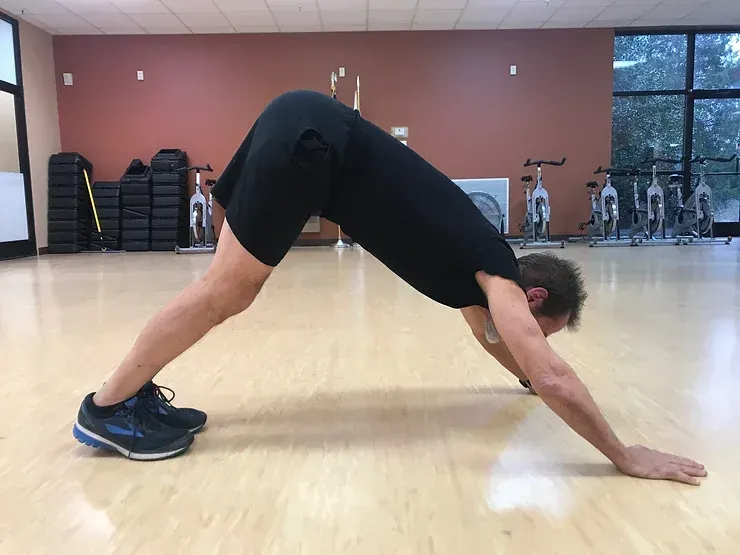
And cap it all off with a good old hamstring stretch:
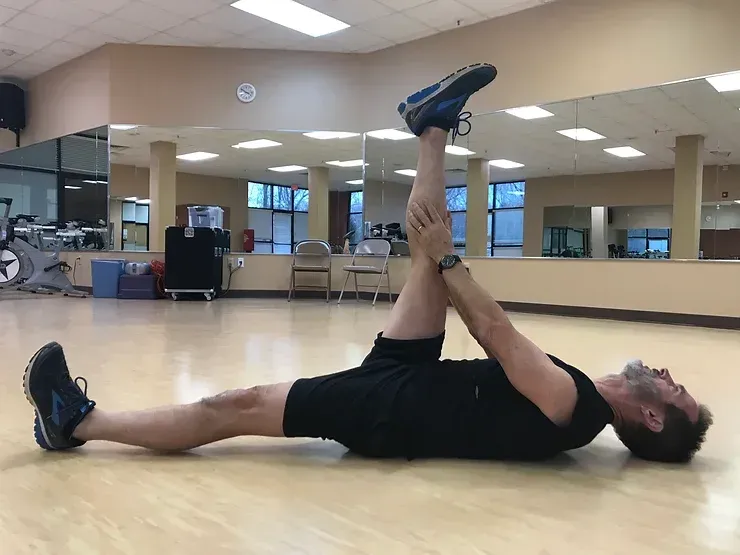
So much about physical and sport skills is about feeling the motions and not about thinking the motions. Over the winter, we don’t forget how to boat – we just get rusty. These moves will help you keep well-lubed and ready to jump back in your boat with vigor when the thaw comes!
We know you have some favorite exercises. Tell us about them!
SYOTR
Bill Schooley has been kayaking for 40 years and is in better shape than most people a third his age. He teaches both whitewater and flatwater kayaking for NOLI.

